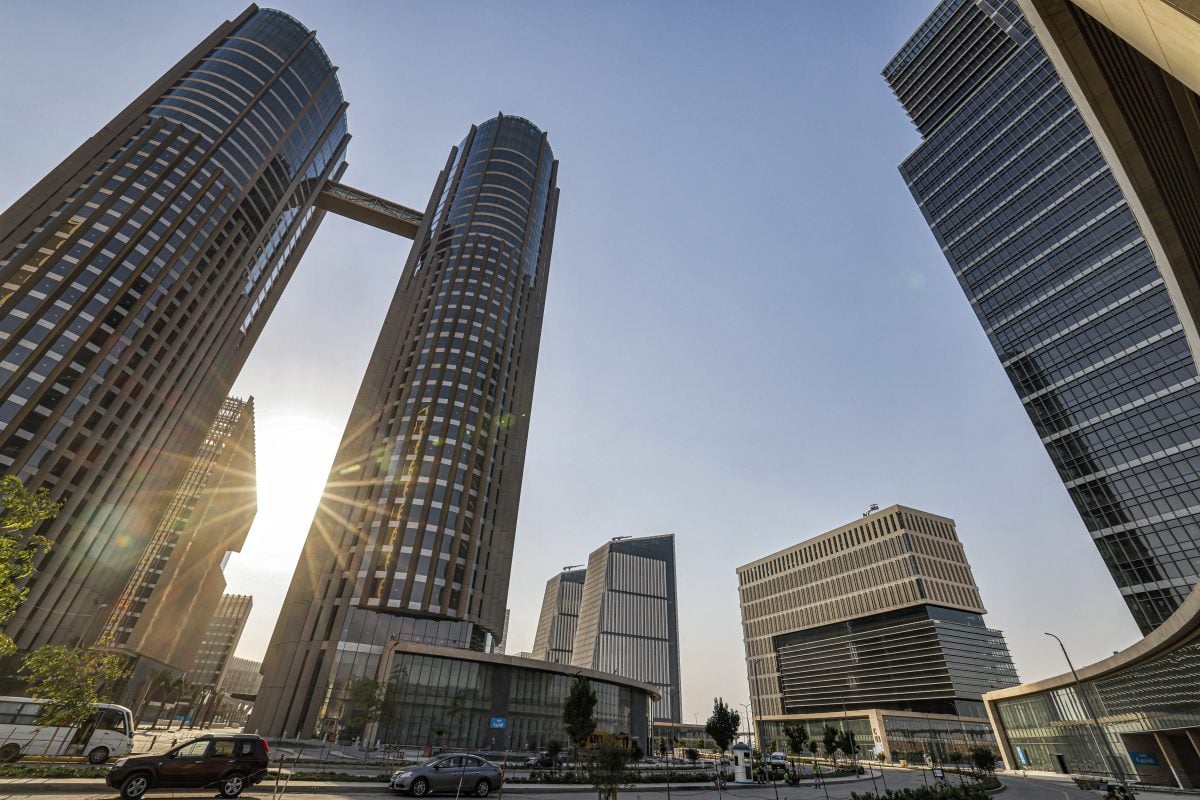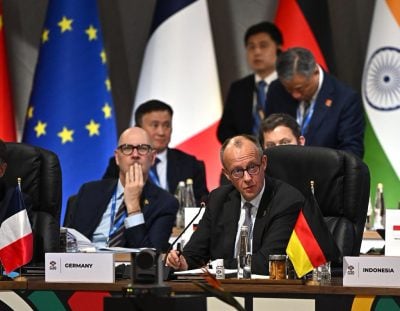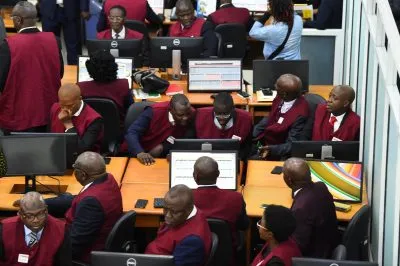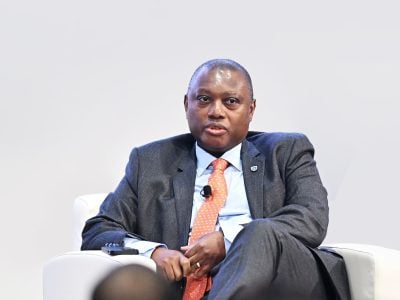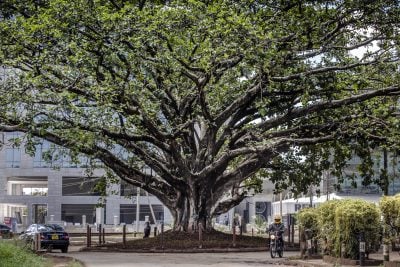Morocco and Egypt both have a host of entries in our Top 100 Banks table and in the regional breakdown of the Top 20 North African banks. The two countries each hold two of the top four places in the regional table, led by National Bank of Egypt with $7.3bn in “Tier 1” capital and followed by Attijariwafa Bank ($6.2bn) and Banque Centrale Populaire (BCP) ($5.2bn), both of Morocco; and then Egypt’s Banque Misr ($4.8bn).
The Egyptian economy is more than twice the size of Morocco’s, and its population more than three times as big, but Moroccan banks were among the first seriously to expand their operations into the rest of Africa – initially into francophone West Africa but now further afield. This investment is now helping to generate more revenue and boost connections between the Moroccan economy and the rest of the continent.
In September, BCP announced a net profit of 3.5bn dirham ($386m) for the first half of 2025, a 16.8% rise on the same period in the previous year, and net income of 2.9bn dirham ($320m), an increase of 12.8%. Growth is partly being driven by the bank’s presence in 32 countries, including 18 in the rest of Africa – more than its rival Attijariwafa Bank – which gave it close to 10m customers last year. The third biggest Moroccan bank, Bank of Africa, has now also expanded its network to 32 markets.
Morocco’s Crédit Immobilier et Hôtelier has moved up from #20 position in our 2024 Top 20 to #13 as a result of a huge rise in capital from $691m to $1.1bn. Its 2024 net profit reached 966m dirham ($96.6m), representing a 24.3% increase on the previous year. The bank now plans further expansion by issuing new shares through cash contributions, while maintaining subscription rights for current shareholders to increase its capital by 1.5bn dirham ($161m),
While both the National Bank of Egypt and Banque Misr have recorded falls in capital over the past year, all the other Egyptian banks in the regional table have grown, even if only slightly. The biggest improvement comes from Arab African International Bank, which has $2.3bn capital this year, a substantial rise on last year’s $2bn. It was originally set up as a joint venture between the Central Bank of Egypt and the Kuwait Investment Authority, and is now building on its links with the Gulf states by opening its first branch in Saudi Arabia to take advantage of growing Egyptian investment in the country, after the Egyptian regulators gave the go-ahead to the deal.
While Libyan banks are absent, state-owned Banque Exterieure d’Algerie and Banque Nationale d’Algerie fill the fifth and sixth places. Indeed, there are eight Algerian banks in our Top 100, up from just four in 2022.
Tunisia’s Banque Nationale Agricole secures #20 position in our North African Top 20 with $694m: this is a far higher threshold than in any other region.
Want to continue reading? Subscribe today.
You've read all your free articles for this month! Subscribe now to enjoy full access to our content.
Digital Monthly
£8.00 / month
Receive full unlimited access to our articles, opinions, podcasts and more.
Digital Yearly
£70.00 / year
Our best value offer - save £26 and gain access to all of our digital content for an entire year!

 Sign in with Google
Sign in with Google 